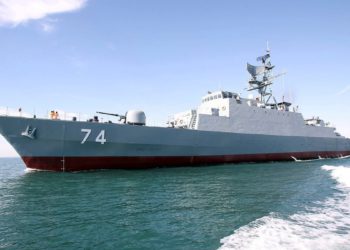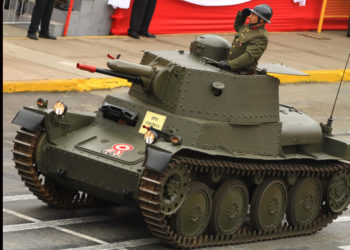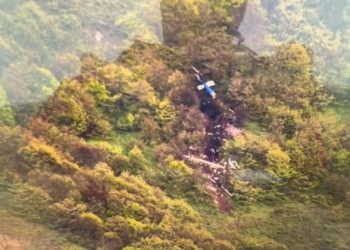Russian Army River Crossing Operations: A Recent Analysis
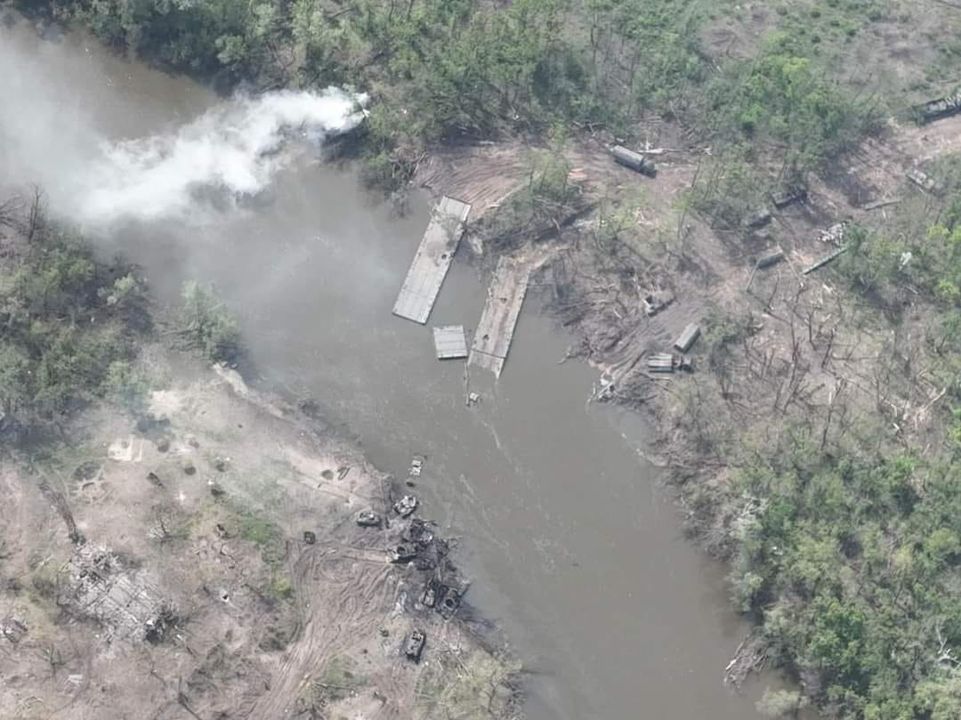
As we have previously written about, the Russian Army has attempted several river crossing operations recently. This kind of operation is also known as Gap Crossings.
Recently, they took significant losses at one near Severodonetsk. Upon initial reports and assessments, several critical shortcomings were identified.
Understanding Gap Crossing Operations
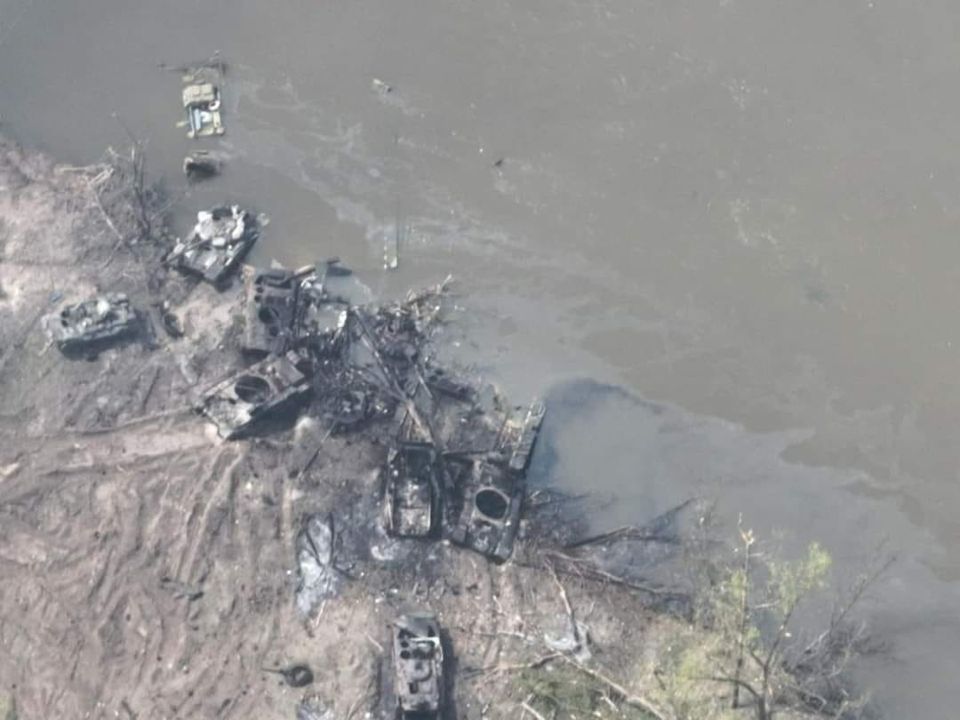
But first, we need a quick background on this kind of operation. Gap Crossing Operations are a combined arms operation, designed to project combat power across an obstacle, in this case, a body of water.
The obstacle is a natural one and it creates crossing points in or all of the immediate area of operations. Gap or river crossings, under combat conditions, usually require detailed planning and dedicated combat support, such as reconnaissance, air defense [localized], and Indirect Fires support, hence why it is undertaken by combined arms formations.
Critical to the execution of this kind of operation is the dedication of ground reconnaissance and the application of the basic tenants known by its term, #SOSRA.
The Role of Reconnaissance in Gap Crossings
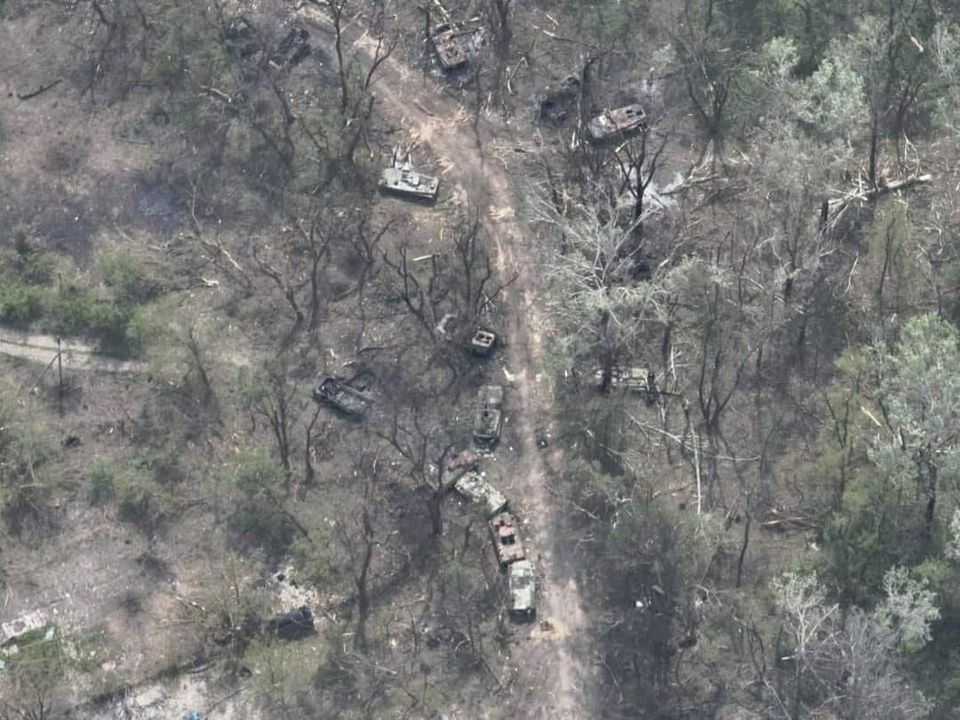
A unit must have and employ ground-based recon assets, and once done so, significant factors become known prior to the execution of a Gap crossing.
These include knowledge about the terrain, the conditions on the river banks, the soil’s ability to handle added weight along the banks, the location of enemy forces defending or observing potential crossing sites, etc. These are critical to any success.
Further, reconnaissance aids crossing by preparing entry and exit routes, completing water gap assessments like spotting underwater obstacles and/or reducing any obstacles found and by providing protection for crossing equipment like bridging and/or rafts, and the very hallmark of providing protection to any assigned engineering support units if desired or applicable.
Key Fundamentals of Crossing Operations
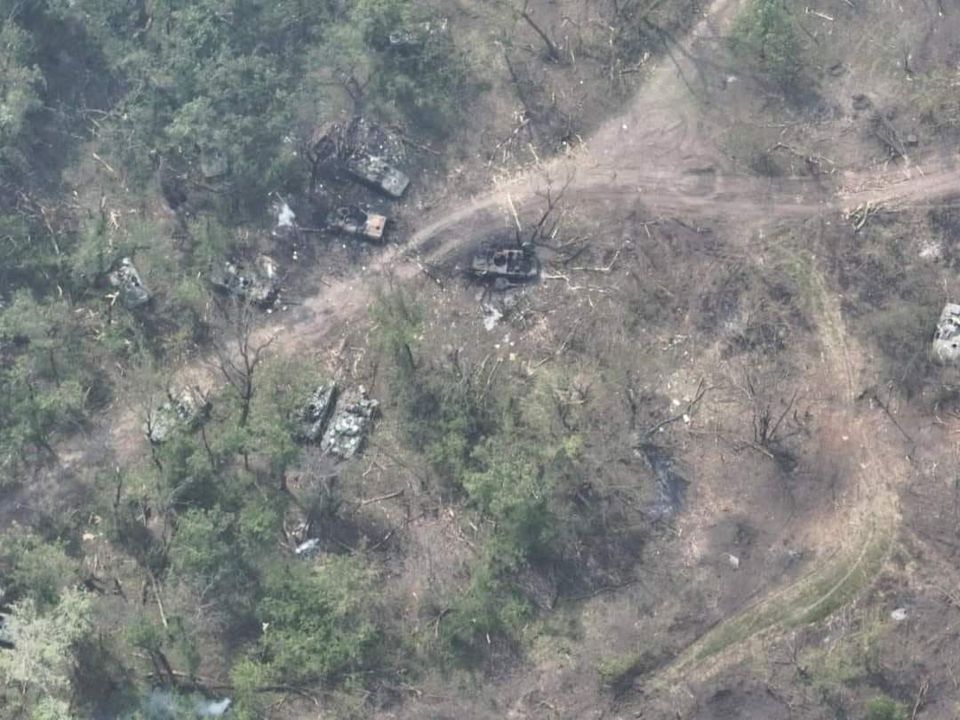
Crossing fundamentals include surprise, detailed preparation and flexible planning, formation traffic control, organization, and it must be done fast.
Most importantly, all of this requires the basic skills of the application known as SOSRA when attempting to conduct this kind of operation.
SOSRA is a fundamental basic taught in professional militaries and is drilled at the very basic level of combat units. It is equally important and second nature.
SOSRA: The Five Essential Steps
The acronym stands for Suppression, Obscuration, Secure, Reduction, and finally, Assault.
Upon reaching a designated area prior to attempting a gap crossing, the unit should already have in place their ground reconnaissance, answering any and all questions and observing the area, the sites to attempt crossing at, specifically the immediate area past and beyond the planned crossing site.
At this time, the unit will conduct suppressing operations via an Attack by Fire position against any enemy forces opposite to them or in the immediate suspected area.
Once Direct Fire superiority is achieved, the unit must conduct obscuration of their efforts and the area suspected of being observed, as this will deny visual and potentially, some other forms of contact, thus making observation for the enemy more difficult, complicating the enemy’s targeting process and cycle.
After this, security is established at the near side of the gap crossing and is subject to the Direct fire ranges of the respective weapon system found and used.
Once these conditions are met, any reductions or emplacements are made. Once these conditions are set and established, then the actual assault and crossing commence. Upon crossing, the next step is establishing far side local security first, as this allows the main body to cross.
Conclusion
In this particular case, none of these steps were taken nor were followed, thus the conditions were set for failure.
The results speak for themselves.
-Mel Daniels





